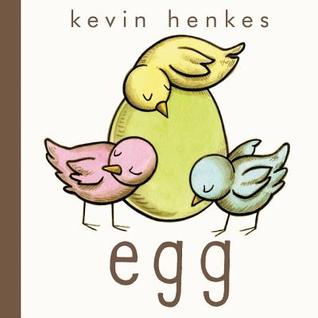All journeys have a starting place.
This is a weekly place to find books and tools
that you may use with readers at the start of their reading journey.
Join in the conversation at #road2reading.
Graphic novels have been the format that has exploded into the land of readers. Can't get them to read nonfiction? Give them one written in the graphic novel format. Can't get them to read historical fiction? Graphic novel format. Write it in graphic novel format, and the readers will come!!
But how about our young readers? Do you think they can pick up a graphic novel and know exactly how to read them? Unlike print, they don't always follow a linear progression. Readers have to understand how to put the information in the print and in the illustrations together to understand the whole story. And those boxes.... how do I read those?
With just a little bit of explicit instruction, your readers will be tackling those longer graphic novels in no time at all! In the meantime, gather these early reader graphic novels, put them under your doc cam (or just hold them up), and let's have a discussion with our younger readers!
Show these graphic novels:


I'm Sunny! and I'm Grumpy
by Jennifer Holm and Matthew Holm
and

Egg
by Kevin Henkes
And talk about these concepts:
- Explain what a frame is - usually a square or rectangle, holds a picture of a scene.
- In a scene, a reader has to look at the text and the illustration to understand the entire scene. An author cannot put everything they have to say into a talk/think bubble or narrative. The illustration fills in additional information. You have to read/look at both to get the full story.
- Sometimes a frame stretches across a page, sometimes over an entire layout. Look for the line - are they continuous or does it break up somewhere? Read everything in the frame until the line break.
- Usually you read one frame then go to the right for the next frame. But not always. If there is not a frame next to the one you just completed, got down. Sometimes, there are 2 frames, one on top of each other, that equal the size of the one you finished. Read the top one first, then the bottom, then go on to the next frame (either to the right or below).
- Notice the different types of writing. Talk about the differences between narrative and talk/think bubbles.
- Just like when you read a story, you constantly add new information to what you already know. Each frame gives you more information to add to your knowledge.
- Graphic novels are usually one continuous story. Sometimes they are broken up into chapters, sometimes it's one full story. Comics are written in strips. Some strips add up to make a short story. Sometimes one strip is its own story.
- If you're already talking about genres with your class, let your students know that graphic novels are not a genre - it's a format (meaning the style of the presentation - similar to picture books, chapter books).
Once students are familiar with how to read graphic novels, they will be able to pick up more complex stories when they are ready for them.
Be sure to check out Alyson's post because she has some great graphic novels for young readers.
Thinking about joining our challenge? Link up here!
Thinking about joining our challenge? Link up here!

Horn Book had a great article on this topic in the November/December 2015 issue. It was called Comics Are Picture Books: A (Graphic) Novel Idea by Elisa and Patrick Gall. They talk about helping students understand how story panels and visual text features (word balloons, though bubbles, etc) work.
ReplyDelete